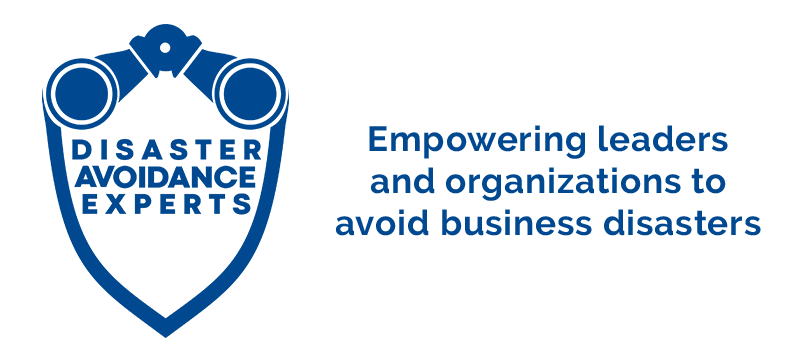The Office Return Mandate for Federal Staff Solves a Problem That Doesn’t Exist

As debates continue about whether federal employees should return to the office with the Trump administration’s full-time RTO mandate, new research underscores the productivity benefits of remote work for public sector employees. A comprehensive study on government workers reveals that telework can significantly enhance productivity, raising questions about the wisdom of mandating a widespread return to in-person office work. The study’s results suggest that forcing a return to office for the majority of work time could inadvertently harm overall efficiency and morale.
Video: “The Office Return Mandate for Federal Staff Solves a Problem That Doesn’t Exist”
Podcast: “The Office Return Mandate for Federal Staff Solves a Problem That Doesn’t Exist”
Data Shows Productivity of WFH
The research, conducted using a detailed dataset from the Greater Manchester Police’s Crime Recording and Resolution Unit (CRRU), provides some of the strongest evidence to date on the effectiveness of telework in a public sector context. The researchers, Alessandra Fenizia from The George Washington University and Tom Kirchmaier from the London School of Economics, leveraged administrative data and a quasi-experimental design to isolate the impact of work location on productivity. The study concluded that employees working from home recorded a 12% increase in productivity compared to their in-office counterparts.
One of the key drivers of this productivity boost was a reduction in distractions when working remotely. The structured nature of the job, which involves recording case details from emergency and non-emergency calls, allowed for an accurate measurement of performance. The study found that the volume of cases processed was consistently higher when employees worked from home, and this increase did not come at the expense of quality. Additionally, productivity gains more than doubled when supervisors, who understood the comparative strengths of individual workers, assigned tasks instead of using automated systems.
The study’s unique design provides critical insights into why telework might enhance productivity in public sector roles. Several mechanisms were identified:
- Reduced Distractions: The in-office environment often comes with social interactions that, while valuable for team building, can interrupt focus. This was particularly evident during day shifts when more staff were present, and productivity suffered due to informal conversations and frequent breaks. By contrast, night shifts, which naturally involved fewer distractions, saw smaller productivity differentials between remote and in-office work.
- Flexibility and Focus: Working from home allowed employees to start their workday earlier and complete tasks more efficiently. Although employees were not found to work longer hours, they logged in earlier and spent more uninterrupted time on their assignments. This flexibility in managing one’s schedule contributed to better use of work time, as the data indicated no increase in the average time spent per case, even with the higher productivity numbers.
- Effective Task Allocation by Supervisors: The research also showed that when supervisors—rather than algorithms—assigned tasks based on workers’ individual strengths, productivity gains more than doubled. This suggests that a well-managed telework environment, where supervisors actively engage in optimizing task distribution, can unlock even greater efficiency compared to rigid, office-bound setups.
Implications for Federal Workforce Policy of Office Return Mandate
The implications of this study are far-reaching. The push to limit telework is premised on a belief that being physically present in the office inherently enhances productivity and accountability. However, the study challenges this assumption, showing that remote work, when properly structured, not only matches but often exceeds the productivity of in-office work.
Furthermore, a rigid return-to-office mandate might overlook the nuances of different job functions. For roles that require individual focus and minimal face-to-face interaction—like the data recording and triaging tasks examined in the study—the benefits of telework are clear. Attempting to apply a one-size-fits-all policy across diverse government roles could reduce morale and disrupt the efficiency gains made during the COVID-19 pandemic.
Rather than a blanket in-office requirement, a more nuanced approach would be to adopt a hybrid work model tailored to the nature of the job. As the study showed, employees did not experience additional productivity gains when they shifted from a hybrid arrangement to a nearly exclusive work-from-home schedule. This suggests that a balanced approach, where employees spend a certain percentage of their time in the office to foster team connections and maintain engagement, might be the optimal setup.
Moreover, hybrid models could alleviate some of the concerns raised by legislators, such as the impact on local economies and the underuse of office real estate. By strategically scheduling in-office days, agencies can ensure that offices are used efficiently without sacrificing the productivity and satisfaction benefits that come from remote work.
Conclusion: Rethinking Federal Telework Policy
As the debate continues, it’s essential to ground policy decisions in data rather than assumptions. The findings from this study should give policymakers pause before implementing restrictive return-to-office mandates. Telework has shown clear productivity benefits in the public sector and, with the right management practices, can enhance efficiency and job satisfaction.
Forcing federal employees back to the office without considering the specific requirements of their roles and the proven benefits of remote work could ultimately be counterproductive. Instead, Congress should consider a more flexible, evidence-based approach that leverages telework’s strengths while addressing legitimate concerns through targeted management strategies.
Key Take-Away
The Office Return Mandate could harm federal workforce productivity. Research shows telework boosts efficiency by 12%, with fewer distractions and better task allocation. Share on XImage credit: Kaboompics.com/pexels
Dr. Gleb Tsipursky was named “Office Whisperer” by The New York Times for helping leaders overcome frustrations with hybrid work and Generative AI. He serves as the CEO of the future-of-work consultancy Disaster Avoidance Experts. Dr. Gleb wrote seven best-selling books, and his two most recent ones are Returning to the Office and Leading Hybrid and Remote Teams and ChatGPT for Thought Leaders and Content Creators: Unlocking the Potential of Generative AI for Innovative and Effective Content Creation. His cutting-edge thought leadership was featured in over 650 articles and 550 interviews in Harvard Business Review, Inc. Magazine, USA Today, CBS News, Fox News, Time, Business Insider, Fortune, The New York Times, and elsewhere. His writing was translated into Chinese, Spanish, Russian, Polish, Korean, French, Vietnamese, German, and other languages. His expertise comes from over 20 years of consulting, coaching, and speaking and training for Fortune 500 companies from Aflac to Xerox. It also comes from over 15 years in academia as a behavioral scientist, with 8 years as a lecturer at UNC-Chapel Hill and 7 years as a professor at Ohio State. A proud Ukrainian American, Dr. Gleb lives in Columbus, Ohio.

